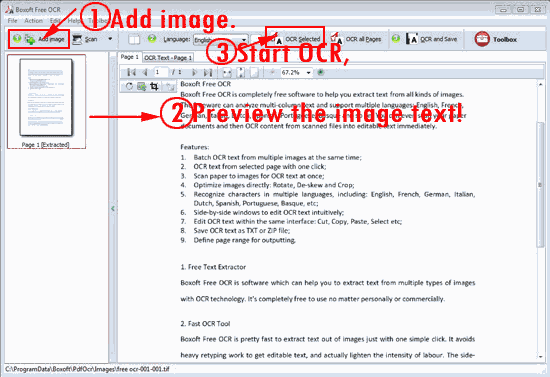

This context can be helpful in many tasks such as named entity recognition, sentiment analysis, and topic modeling, or used as stand alone extracted information. For example, the word "fly" would be tagged as a verb in the sentence "I like to fly." POS tagging is a helpful NLP technique because it can provide context for words and help you build a better understanding of key information in unstructured text. Each word is tagged with the category that is most appropriate for that word in the context of the sentence. The categories can include verb, noun, adjective, adverb, and so on. Part-of-speech (POS) tagging is a process of assigning a grammatical category to each word in a sentence. Topic modeling with Latent Dirichlet Allocation We’ve had a ton of success building these applications like this one for Twitter. Sentiment analysis is already used for things such as social media monitoring, market research, customer support, product reviews, and many other places where people talk about their opinions. This can be helpful in understanding why a particular sentence was predicted to have a certain sentiment, and can also help in troubleshooting data science errors. This makes GPT-3 a powerful tool for sentiment analysis, as it can provide not only a prediction, but also an explanation for that prediction. GPT-3 is not only able to predict the sentiment of a sentence, but it can also generate an explanation for its prediction. An example would be a text document that contains strong negative connotations such as "hate" or "I'm not a fan of them" which is likely to be predicted as having a negative sentiment.

The predictions are made by taking into account the context of the sentence as well as the word choices. When given a sentence, GPT-3 will analyze the sentiment and generate a prediction. GPT-3 is an autoregressive language model used for a wide variety of tasks including sentiment analysis. We can use things such as part-of-speech tags, dependency parse trees, and entity type information to help the bi-LSTM neural network make more accurate predictions as it works to learn the relationship between language and named entities. It then uses the information from the words around it to make a more informed prediction. In spaCy, this is done using a bi-LSTM neural network that takes as input a sequence of words, and for each word it predicts whether or not it is a named entity. That is, for each word in a sentence, the model predicts whether or not that word is a named entity that we want to fine. It comes with pretrained models that can identify a variety of named entities out of the box, and it offers the ability to train custom models on new data or new entities.įor the most part, NER models are trained on a per-token basis. SpaCy is a popular Natural Language Processing library that can be used for named entity recognition and number of other NLP tasks. Named entities can be a person, organization, location, date, time, or even quantity. Named entity recognition (NER) is a task that is concerned with identifying and classifying named entities in textual data. Let's take a look at a few natural language processing techniques for extracting information from unstructured text: As the machine learning technology continues to develop, we will only see more and more information extraction use cases covered. Industries such as healthcare, finance, and ecommerce are already using natural language processing techniques to extract information and improve business processes. With the help of natural language processing, computers can make sense of the vast amount of unstructured text data that is generated every day, and humans can reap the benefits of having this information readily available. These techniques can be used to extract information such as entity names, locations, quantities, and more. There are a number of natural language processing techniques that can be used to extract information from text or unstructured data, and in this blog post we will explore a few of them. This is particularly relevant in the realm of natural language processing (NLP), where machines are tasked with making sense of unstructured text data.

As the field of artificial intelligence advances, so does the capability of machine learning to interpret and extract information from human language.


 0 kommentar(er)
0 kommentar(er)
